need suggestions on non toxic insulation
lmrinc_gw
9 years ago
Featured Answer
Sort by:Oldest
Comments (25)
Annie Deighnaugh
9 years agolast modified: 9 years agoUser
9 years agolast modified: 9 years agoRelated Professionals
Saint Louis Park Architects & Building Designers · Seal Beach Architects & Building Designers · Winchester Architects & Building Designers · Arcata Home Builders · Carnot-Moon Home Builders · Goodlettsville General Contractors · Athens General Contractors · Augusta General Contractors · Bowling Green General Contractors · Browns Mills General Contractors · DeRidder General Contractors · Homewood General Contractors · Mount Vernon General Contractors · River Forest General Contractors · Roselle General Contractorslmrinc_gw
9 years agolast modified: 9 years agoUser
9 years agolast modified: 9 years agoenergy_rater_la
9 years agolast modified: 9 years agolmrinc_gw
9 years agolast modified: 9 years agoUser
9 years agolast modified: 9 years agoUser
9 years agolast modified: 9 years agoBrian_Knight
9 years agolast modified: 9 years agopprioroh
9 years agolast modified: 9 years ago3ilovepie
9 years agolast modified: 9 years agoBrian_Knight
9 years agolast modified: 9 years agoenergy_rater_la
9 years agolast modified: 9 years agolmrinc_gw
9 years agolast modified: 9 years agoLennyNY
9 years agolast modified: 9 years agormtdoug
9 years agolast modified: 9 years agodreamgarden
9 years agolast modified: 9 years agoBrian_Knight
9 years agolast modified: 9 years agoLennyNY
9 years agolast modified: 9 years agoNaf_Naf
9 years agolast modified: 9 years agoBrian_Knight
9 years agolast modified: 9 years agoBrian_Knight
9 years agolast modified: 9 years agormtdoug
9 years agolast modified: 9 years agoLennyNY
9 years agolast modified: 9 years ago
Related Stories

GREEN BUILDINGEcofriendly Cool: Insulate With Wool, Cork, Old Denim and More
Learn about the pros and cons of healthier alternatives to fiberglass and foam, and when to consider an insulation switch
Full Story
REMODELING GUIDESCool Your House (and Costs) With the Right Insulation
Insulation offers one of the best paybacks on your investment in your house. Here are some types to discuss with your contractor
Full Story
MATERIALSInsulation Basics: What to Know About Spray Foam
Learn what exactly spray foam is, the pros and cons of using it and why you shouldn’t mess around with installation
Full Story
WINDOW TREATMENTSEasy Green: 9 Low-Cost Ways to Insulate Windows and Doors
Block drafts to boost both warmth and energy savings with these inexpensive but effective insulating strategies
Full Story
GREEN BUILDINGInsulation Basics: Heat, R-Value and the Building Envelope
Learn how heat moves through a home and the materials that can stop it, to make sure your insulation is as effective as you think
Full Story
GREEN BUILDINGInsulation Basics: Designing for Temperature Extremes in Any Season
Stay comfy during unpredictable weather — and prevent unexpected bills — by efficiently insulating and shading your home
Full Story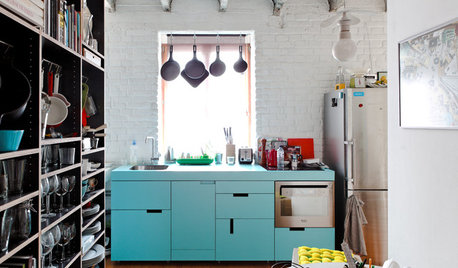
HEALTHY HOMEDetox Your Kitchen for the Healthiest Cooking
Maybe you buy organic or even grow your own. But if your kitchen is toxic, you're only halfway to healthy
Full Story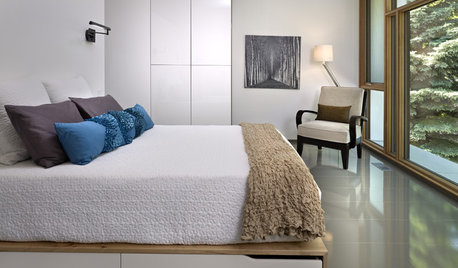
HEALTHY HOMESleep Happier and Healthier in a Toxin-Free Bedroom
Light pollution, toxic bedding, wallpaper that off-gases ... if you're not getting good sleep, these bedroom blights might be to blame
Full Story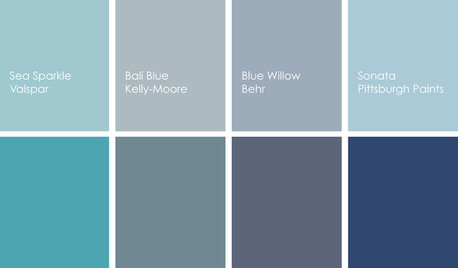
COLORCooking With Color: When to Use Blue in the Kitchen
Keep your cool. We show you when to nosh around navy or try a taste of turquoise so you can stay relaxed while finishing your kitchen
Full Story
PETSPet-Proofing Your Home: A Room-by-Room Guide
Not all pet dangers are obvious. Keep furry friends safe and sound by handling all of these potential hazards
Full Story





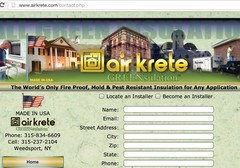
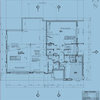


Brian_Knight